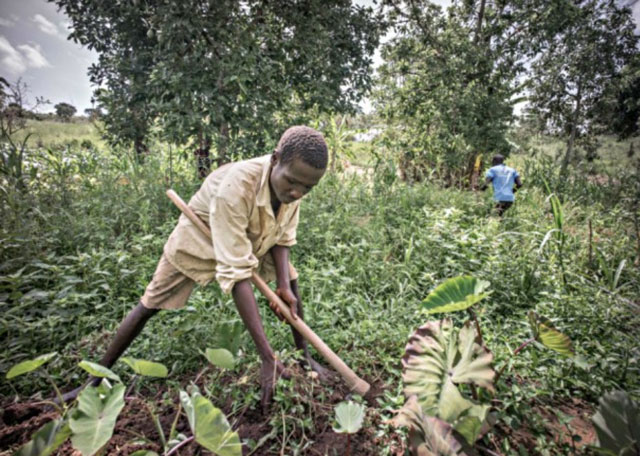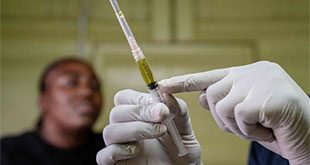
Planning and allocating resources to agriculture must follow five principles and 20 interconnected actions
COMMENT | MILDRED BARUNGI | “A world where food is nutritious and accessible for everyone, in which natural resources are managed in a way that maintains ecosystem functions to support current and future human needs.” This is what the 2030 Agenda for sustainable development seeks to achieve. This universal Agenda through the Sustainable Development Goals (SDGs) is a plan that all countries (including Uganda) resolved to implement.
Development of sustainable food and agriculture systems is central to whether a significant number of the SDGs are attained; especially those that relate to health and improvement of wellbeing, fostering more responsible production and consumption, ensuring decent work and employment, and promoting environmental stewardship. It is further noted tha, a transformation towards more sustainable food and agriculture has great potential to revitalise the rural landscape and deliver inclusive growth in the context of SDGs. I should quickly add that strengthening sustainability in food and agriculture systems is a process, which requires conviction, political commitment, knowledge and people’s participation and ownership.
The Ministry of Agriculture, Animal Industry and Fisheries (MAAIF) is in the process of developing the third sector strategic plan that will be aligned to the third National Development Plan (NDPIII). As MAAIF prepares its sector strategic plan, it should take into consideration the guide by FAO, dubbed “A new approach for mainstreaming sustainable food and agriculture in the implementation of SDGs”. FAO developed this approach to support and accelerate the transition to more sustainable food and agriculture systems. The approach is based on five principles and 20 interconnected actions as presented below.
The first principle underscores the need to increase productivity, employment and value addition in food systems. Improving productivity is key to transforming the livelihoods of people, yet smallholder farmers continue to lack access to resources and services. Therefore, in light of this principle, MAAIF’s strategy should contain interventions that will: facilitate access to productive resources, finance and services; connect smallholders to markets; diversify farming households’ production and income; and strengthen farmers’ capacities.
The second principle calls for conservation, protection and enhancement of natural resources. Food and agricultural production depends on natural resources and therefore the sustainability of production depends on the sustainability of the resources themselves. Healthy soil produces healthy food and leads to better nutrition. However, unsustainable land use practices and human pressures on resources are reaching critical limits. Thus, in line with the second principle, the agricultural sector strategy should contain clear interventions aimed at: enhancing and restoring land fertility; protecting water and management of scarcity; protecting biodiversity and ecosystems; and reducing losses, partly through reuse and recycling.
 The Independent Uganda: You get the Truth we Pay the Price
The Independent Uganda: You get the Truth we Pay the Price





